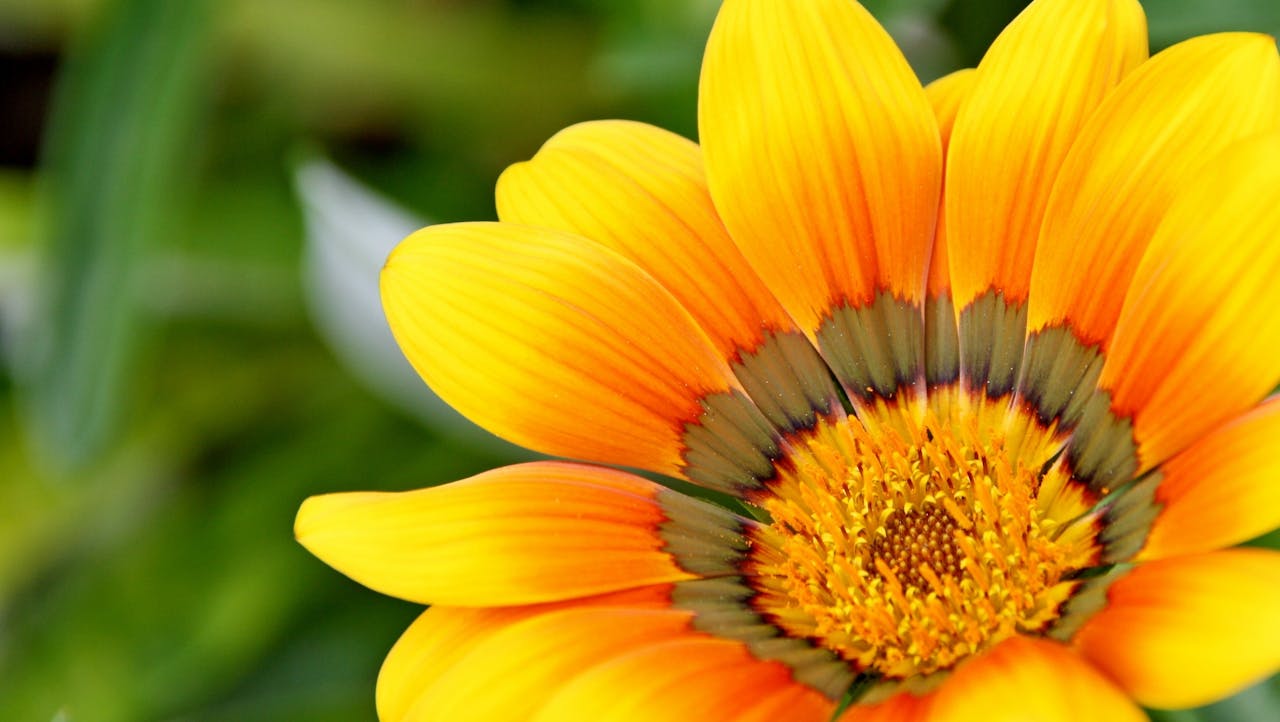
In today’s fast-paced world, stress, anxiety, and feelings of overwhelm are all too common. While there are various ways to cope, one therapeutic approach that has gained popularity is creative expression and creativity for self-care. This method, which encompasses a range of activities, can be a powerful tool for self-care and mental health improvement. This article explores how individuals can use creative expression as a form of therapy and self-care.
Are you looking for creative ways to incorporate meditation, mindfulness, and gratitude into your life? Consider checking out the Bosque Neuroscience Youtube Channel!
Understanding Creativity for Self-Care
Creative expression involves any activity that allows an individual to convey thoughts, feelings, or emotions through artistic mediums. This can include painting, writing, music, dance, photography, and more. Unlike traditional art, the focus is on the process of creation rather than the end result. This form of expression can provide a therapeutic outlet for emotions, offering a safe space for reflection and self-discovery.
Benefits of Creative Expression for Mental Health
Stress Relief
Engaging in creative activities, such as painting, drawing, or playing music, can induce a state known as “flow.” This psychological term, coined by psychologist Mihaly Csikszentmihalyi, describes a deeply engaging and immersive state of focus where time seems to vanish. In this state, the mind becomes fully absorbed in the activity at hand, sidelining worries and reducing the barrage of stress-inducing thoughts and feelings. This meditative-like state can lead to a profound sense of relaxation and tranquility, similar to the effects of mindfulness or meditation practices. The repetitive motions and focused attention required in artistic endeavors can act as a form of mental reprieve, helping to calm the nervous system and lower stress levels.
Emotional Release
Artistic expression provides a unique and powerful outlet for emotions. This is particularly beneficial for individuals who may struggle to articulate their feelings verbally. Through creative activities, complex and often confusing emotions can be externalized and represented in a tangible form. This process allows individuals to confront and engage with their feelings in a non-verbal, symbolic manner, which can be less intimidating and more accessible. Whether it’s through painting, writing poetry, or crafting music, these forms of expression can help individuals process grief, sadness, anger, or anxiety, transforming them into something visible and manageable. This act of creation can be a form of catharsis, offering a sense of release and relief from emotional burden.
Self-Understanding
Creative expression and creativity for self-care offers a mirror to the soul, providing insights into personal experiences and inner workings. By translating thoughts and emotions into artistic creations, individuals embark on a journey of self-discovery. This process can uncover hidden feelings, reveal unknown aspects of one’s personality, and illuminate personal values and desires. Furthermore, reviewing and reflecting on one’s artwork over time can offer a visual timeline of personal growth and change, enhancing self-awareness and understanding. This deeper connection with oneself can foster a greater sense of empathy, resilience, and authenticity, contributing to overall mental well-being.
Boost in Self-esteem
Completing a creative project, regardless of its scale or perceived quality, can significantly bolster an individual’s self-esteem and confidence. The act of creating something from nothing is inherently rewarding and validating, providing a tangible proof of one’s abilities and effort. This sense of accomplishment can be particularly empowering for those who may struggle with feelings of inadequacy or self-doubt. Moreover, engaging in creative activities can help individuals develop new skills or improve existing ones, leading to a reinforcing cycle of learning, creating, and achieving. This cycle can enhance motivation, encourage persistence, and foster a positive self-image, all of which are crucial components for mental health and personal well-being.

How to Incorporate Creativity for Self-Care into Your Life
Choose Your Medium
Your creative journey begins with selecting a medium that speaks to you. There’s a vast array of artistic outlets to explore, from traditional approaches like painting, drawing, and sculpting, to more unconventional methods such as digital art, collage, or mixed media. Consider what materials you might enjoy working with and what forms of expression intrigue you. If you find yourself hesitating due to uncertainty or fear of not being good enough, remember that the essence of creative therapy lies in self-expression, not perfection. Experiment with different mediums to see which one allows you to express yourself most freely. It could be as simple as sketching with pencils or as intricate as building sculptures from recycled materials. The key is to follow your curiosity and see where it leads, without judgment.
Create a Dedicated Space
Having a personal space where you can engage with your art is crucial. This doesn’t mean you need an elaborate studio; a small table in a quiet corner of your home can serve as your creative retreat. Organize your space with the necessary supplies and make it inviting and inspirational. This could be through natural light, plants, inspirational quotes, or anything that sparks your creativity. The aim is to create an environment that signals to your brain that it’s time to focus and be creative, free from everyday distractions.
Set Aside Time
Incorporating creative practice and creativity for self-care into your daily life requires commitment. Schedule regular sessions for your artistic activities just as you would for any important appointment. Consistency is key, even if it’s only 15 to 30 minutes at a time. This regular commitment can serve as a mental break from your daily routine and help establish a rhythm that fosters creativity and relaxation. Remember, this time is for you; it’s a chance to step away from the pressures of life and engage in something purely for the sake of personal fulfillment and expression.
Focus on the Process, Not the Product
It’s easy to become preoccupied with the outcome of your creative endeavors, but the therapeutic power of art lies in the process itself. Approach each session with an open mind, letting go of expectations and allowing yourself to explore and play. Mistakes and unexpected outcomes are all part of the creative journey and can lead to new insights and discoveries. By focusing on the act of creation, you allow yourself to be in the moment, which is where true healing and self-discovery can occur. Consistency is another aspect that is important here. We can be discouraged sometimes by what we create that we procrastinate or just abandon our projects all together. Consistency is important in our process of growth.
Reflect on Your Experience
After each creative session, spend a few moments in reflection. Consider what the process brought up for you emotionally and mentally. Did you encounter any resistance or surprises? How did engaging with your chosen medium make you feel? Reflection is a crucial part of integrating the therapeutic benefits of your creative practice. It can enhance self-awareness and provide clarity on thoughts or emotions that may have surfaced during the session.
Share Your Work (Optional)
While the primary goal of creative expression is personal growth and healing, sharing your work with others can be a rewarding experience. It can validate your efforts and offer a sense of connection and community. However, this step is entirely optional and should only be pursued if it feels right for you. If you choose to share, select a supportive audience, whether it’s friends, family, or a therapeutic group. Remember, the value lies in your personal journey and the act of creation itself, not in the approval or opinions of others. Sharing should be an extension of your self-exploration, not a requirement for validation.

Conclusion
Creative expression and creativity for self-care offers a unique and personal way to navigate life’s challenges and improve mental health. By allowing ourselves the time and space to engage in artistic activities, we open the door to a world of self-exploration, emotional healing, and personal growth. Whether you’re painting, writing, dancing, or playing music, the act of creating can be a powerful form of therapy and self-care. So, pick up that brush, pen, or instrument, and let your inner self be heard and healed.



